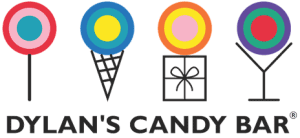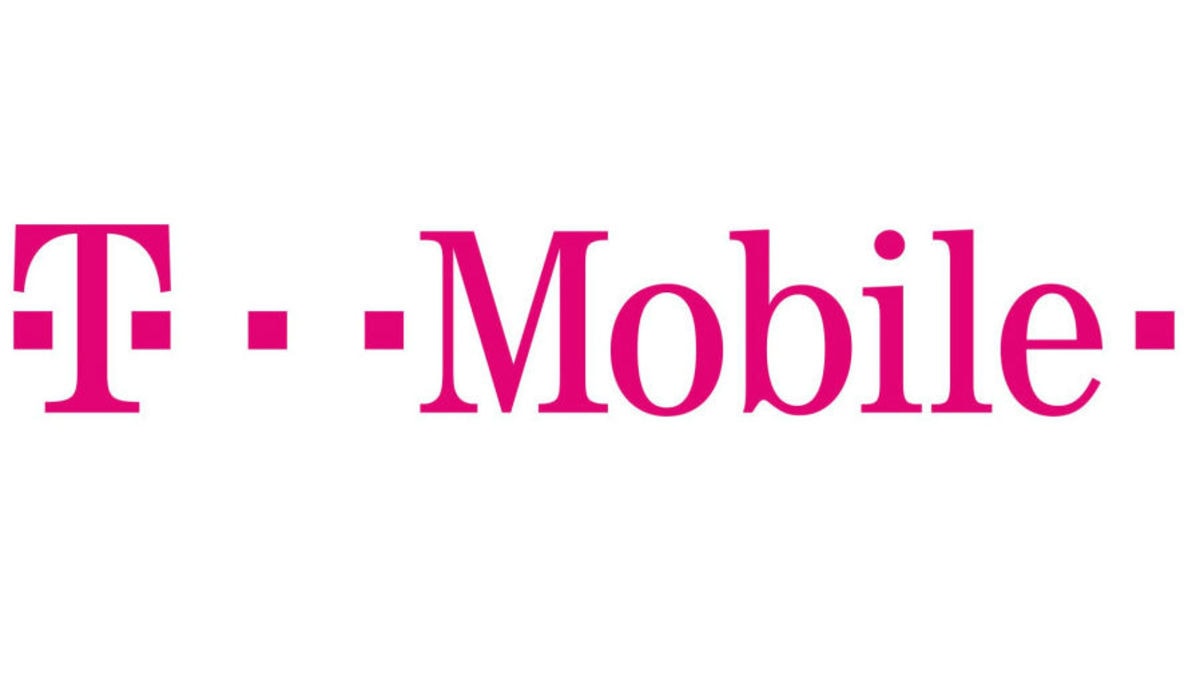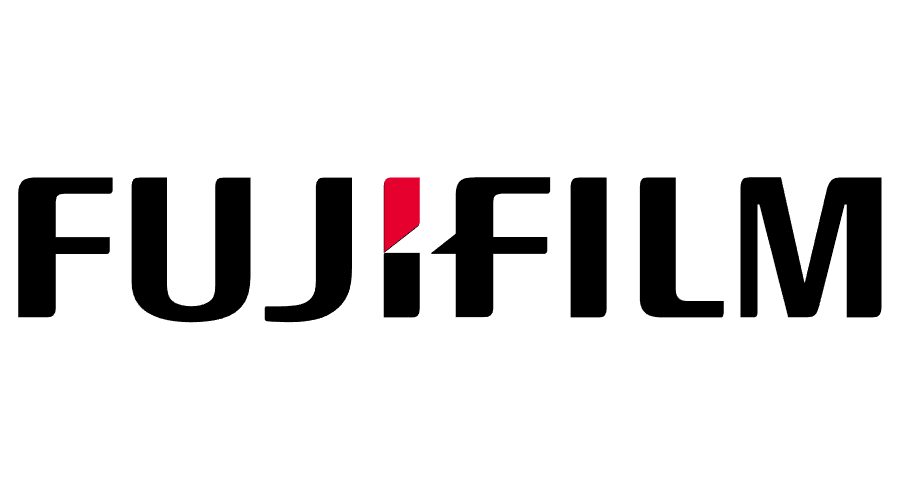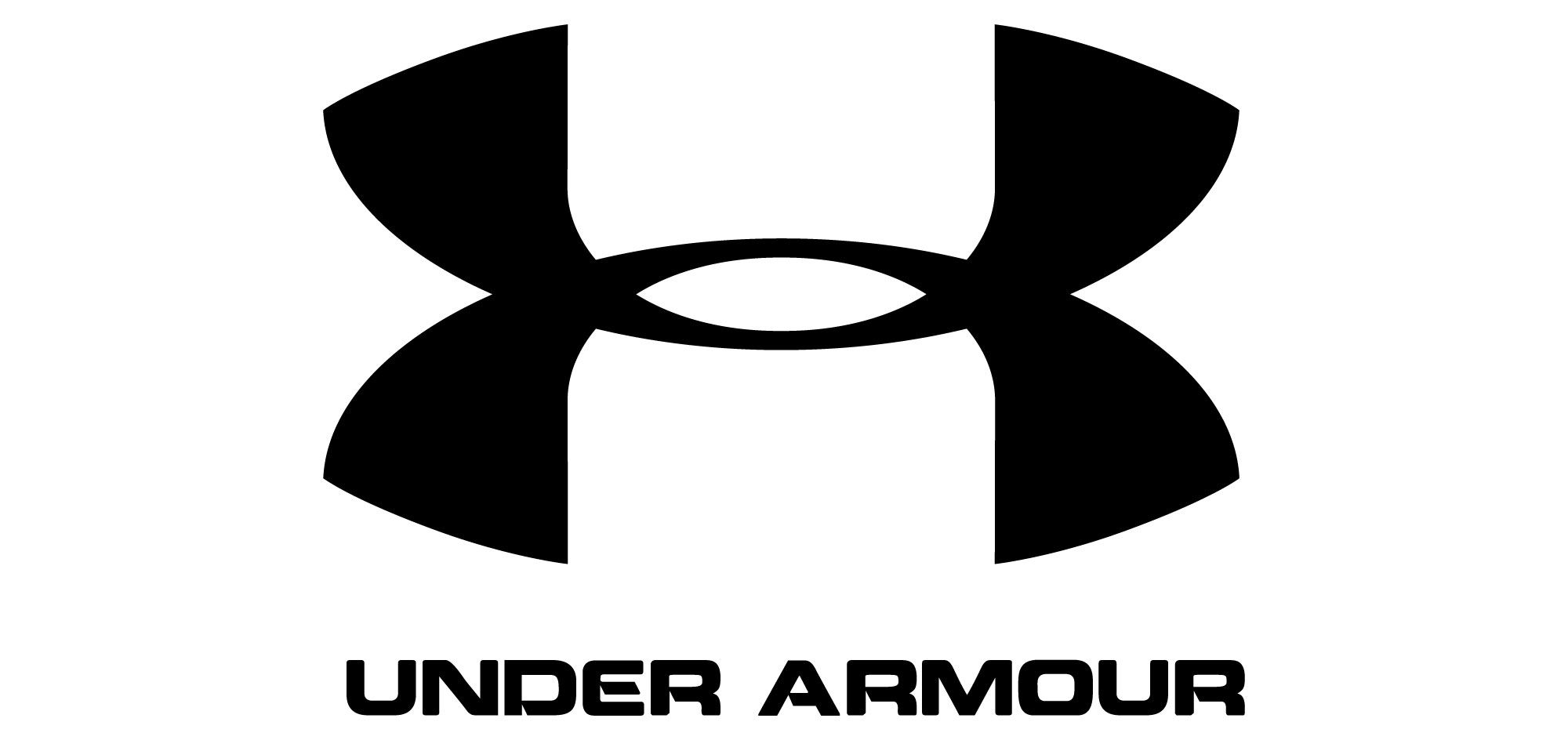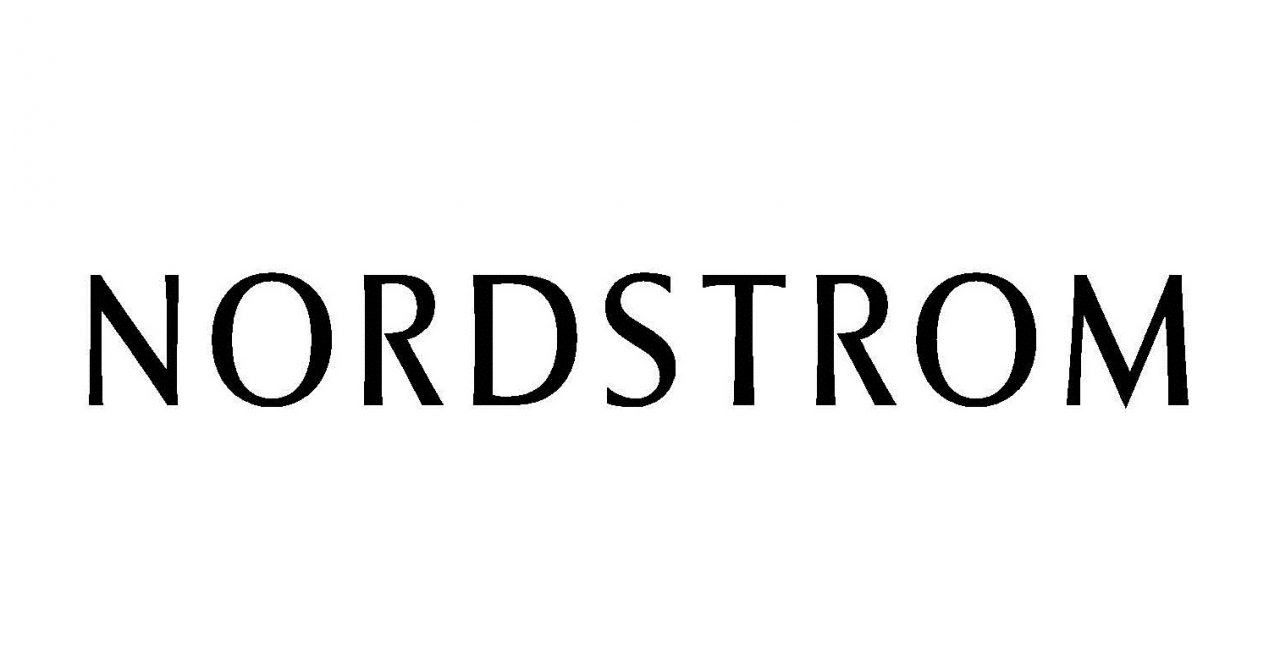Key Takeaways
- Avoid Red in Financial Services
Red is linked to danger, debt, or financial losses. Banks and investment firms should use blue or green for trust and stability. The right color choice reassures customers about financial security. - Steer Clear of Orange and Black in Retail
This combination is heavily associated with Halloween. Unless your brand is seasonal, it may create unintended associations. Retailers should choose more neutral or industry-relevant colors. - Limit Use of Yellow in Luxury Brands
Yellow is bright and cheerful but can seem cheap when used for luxury. High-end brands should opt for gold, black, or deep shades. These colors convey sophistication and exclusivity. - Avoid Blue in Food Industry Branding
Blue is rare in natural food and can reduce appetite. It’s best used in tech or corporate branding, not food services. Restaurants and food brands should use reds or yellows to stimulate hunger. - Be Cautious with Grey in Entertainment
Grey can feel dull and lifeless, which doesn’t match entertainment’s energy. Brands in media, music, and gaming should use vibrant colors. Bright tones create excitement and engagement.
Color plays a huge role in marketing and perception. The right color can make your brand stand out from its competitors and position your business as creative, sleek, traditional, trustworthy or any of hundreds of other qualities.
The wrong color, on the other hand, can have a negative effect on your company’s image and set it apart not as an exceptional brand, but as one that consumers will likely avoid.
Marketers often engage in color mismatch – the choice of a color that, while great for another industry, simply doesn’t suit their product or service. This can lead to clashes between the perception of a brand or product and reality.
In this guide, we’ll share five colors that you should avoid, based on your industry and product type. From bright colors to deep and bold ones, read on to discover which colors don’t match your brand image and market sector.
Natural products should avoid colors that don’t occur in nature
Does your company manufacture natural, chemical-free products? If so, you should avoid using any colors in your marketing that don’t also occur in nature – colors like pink, bright red or yellow.
People associate the colors used in your branding with the quality of your product – in this case, using earth tones and colors such as dark green or blue in your design creates the impression of a natural, chemical-free product.
Avoid bright colors for financial services, insurance and investments
While bright colors like yellow and orange inspire optimism and are great for some products, they’re exactly the wrong choice when your business is trying to convey a conservative, reliable image.
Banks, investment firms and other finance industry businesses should focus on the deeper, more trustworthy colors. Colors such as dark blue, which signifies trust and dependability, are more suitable for financial products and services.
Exciting, modern products should avoid conservative colors
The same colors that create a conservative, dependable image for financial firms and banks can create a boring, traditional look for modern products. If your product sits on the cutting edge, it’s better to focus on high-contrast color combinations.
Black and white or yellow, orange and other bright colors are ideal for modern and exciting products. While dark blue might inspire confidence in a bank, it can lead to a boring look for an exciting new sports product or personal accessory.
Avoid unnatural colors for food packaging and ingredients
Which colors make you feel hungry? If you’ve ever seen a chocolate advertisement on TV, you’ll know that the color brown, when used alongside a tempting food, can inspire feelings of hunger and temptation.
Artificial colors, on the other hand, are rarely appealing when it comes to food. The more closely your product’s color scheme aligns with its taste profile, the better it will be from a marketing perspective.
Avoid using weak colors to position and market bold products
Some products are bold and powerful – they stand apart from their competitors and make a statement. There’s a reason so many Ferraris are red – the color matches the vehicle perfectly, right down to the statement it’s making.
If your product is bold and powerful, its color needs to be equally as powerful. Using a weak color – a grey or light brown, for example – to market a product that needs a red, yellow, orange or purple is a major branding and design mistake.
Which color best defined your product or service?
From yellow inspiring feelings of confidence to purple creating the look of creativity and style, certain colors will always be associated with certain qualities, personality traits and characteristics.
0If you’re just starting to develop an identity for your business, think carefully about the type of color you use to market your products. While the right color can have a huge positive influence, the wrong one can have a negative effect on your brand.
FAQs
- Why should financial brands avoid red?
Red can symbolize loss, debt, or warning signs. Banks and investment firms should use green or blue for trust. The right color helps build customer confidence. - What’s wrong with orange and black in retail branding?
This combination strongly reminds people of Halloween. It may confuse customers and limit year-round appeal. Retailers should choose colors that match their products and industry. - Why does yellow feel cheap in luxury branding?
Yellow is fun and playful but lacks an elite feel. Luxury brands should use richer colors like gold or navy. These shades create a more premium and exclusive image. - Why isn’t blue a good choice for food brands?
Blue is not commonly found in natural foods and can suppress appetite. Restaurants should use red or yellow to encourage hunger. The right colors help make food look more appealing. - How does grey affect entertainment branding?
Grey feels dull and uninspiring, which clashes with entertainment’s vibrancy. Bright colors create excitement and attract attention. Media and gaming companies should use bold, engaging hues.



